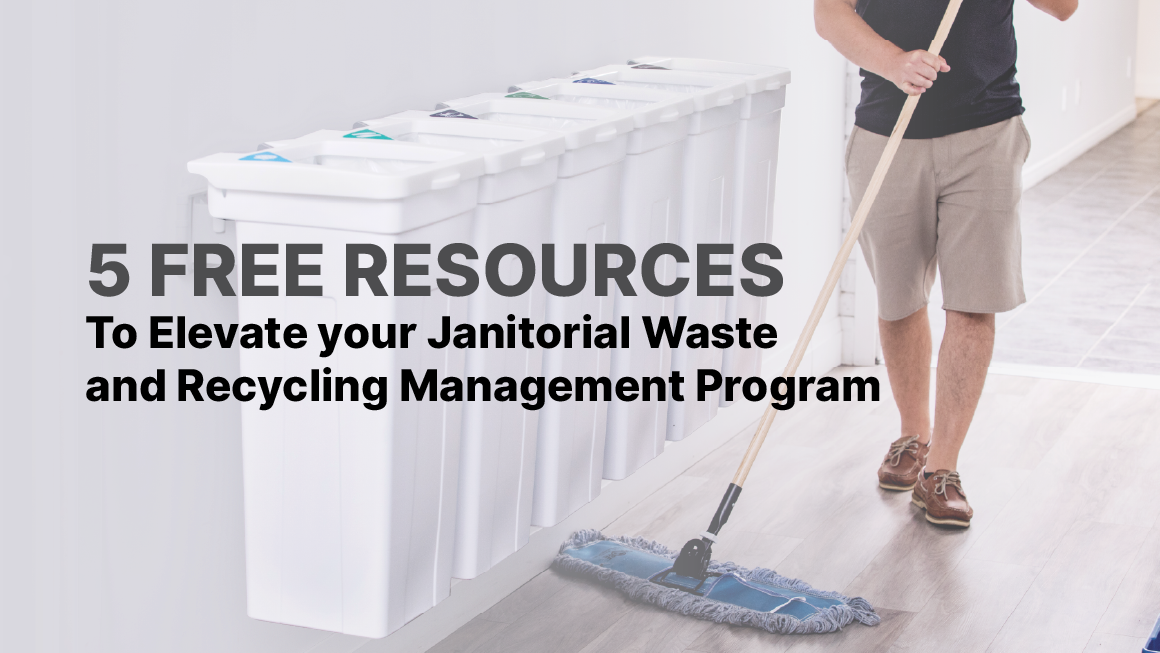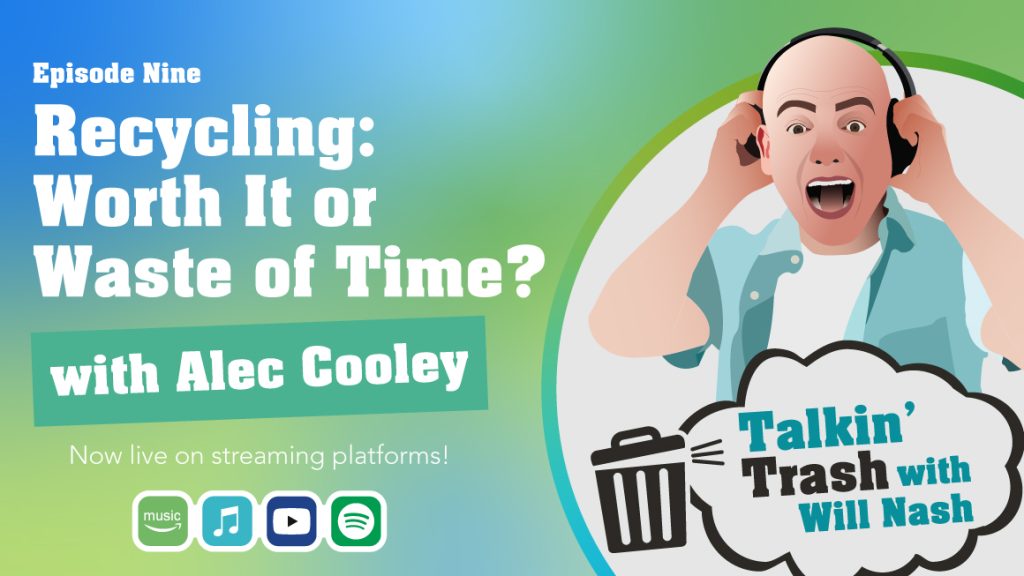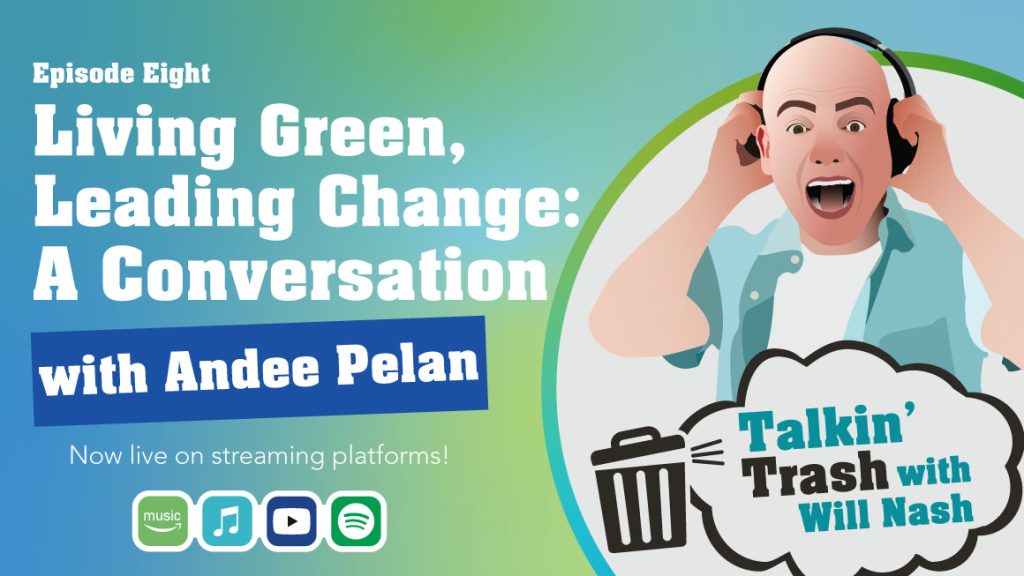Creating an effective waste management program goes beyond placing containers and expecting users to sort waste correctly. To help you enhance your client’s janitorial recycling and waste management program, we’ve curated five valuable resources to guide you through the process.
Implementing strategies like standardizing your program, adding more recycling stations, and reducing contamination can boost diversion rates and reduce facility costs. However, successful implementation requires careful planning and coordination. This is where you step in.
The experts at Busch Systems have compiled five essential, free resources that will help you design and manage a highly efficient recycling and waste management program for your clients.
If you have additional resources that could further enhance these programs, please share them in the comments. Be sure to bookmark this page for future reference as you continue to improve your recycling and waste management expertise.
1. Handling Recycling and Waste is Hurting Janitors
Before suggesting changes to your client’s recycling and waste program, it’s important to consider how these changes could benefit all janitorial staff at the facility. This article highlights functional issues with many basic containers that have been creating physical challenges for janitorial and maintenance staff. Understanding these issues can help shape your search for the right container in your client’s facility.
2. Janitorial Services and Waste Reduction Strategies
This janitorial company shares their strategies for waste reduction and the benefits of eco-conscious custodial services. They outline successful methods that any janitorial company could implement within their client’s facility to help reduce waste and improve sustainability efforts.
3. Waste Audit User’s Manual
Although this resource is older than some of the waste audit guides available, it still holds relevance and provides an extensively detailed guide to waste auditing. The manual breaks down every aspect of a waste audit, offering a clear understanding of the best ways to conduct an audit and interpret results for your client’s facility. It also provides suggestions for waste reduction planning to help improve outcomes.
4. The Eight Ways to Reduce Waste
This blog is extremely helpful in understanding strategies for reducing waste in all types of facilities. It starts with an overview of establishing a waste reduction plan and breaks it down into eight simple ways to help you create the perfect waste reduction plan for a facility.
5. Waste Audit Templates
This website offers free PDF downloads for a waste audit checklist and a full template to help you conduct your audits. If your client has asked you to perform waste audits or if you’re looking for ways to improve their waste reduction efforts, check out these sample checklists and download the free versions to use. Even if you already have a template, this could be a good resource to spark ideas on how to expand on your current waste auditing practices.
And there you have it! Plenty of resources to get your journey to sustainable waste management started. We’ll continue to update this page as we find more valuable information. If you think we’ve missed some great resources, feel free to comment below.
Key Takeaways (TL;DR)
- Managing waste isn’t just about putting out bins — you need a plan to standardize stations, cut contamination, and make recycling easier for everyone.
- The blog shares five free resources to help janitorial teams and facility managers step up their programs:
- Ergonomics guide – tips on reducing strain and improving workflow for janitors.
- Waste-reduction strategies – practical ways to cut waste while cleaning.
- Waste audit manual – how to run and use results from a waste audit.
- Eight waste-reduction ideas – quick wins to build a stronger recycling plan.
- Audit templates – free tools and checklists to make audits easier.
- Using these tools helps janitorial crews work smarter, save money, and support greener operations.
- It’s a great starting point for anyone looking to improve their facility’s recycling setup and sustainability efforts.



